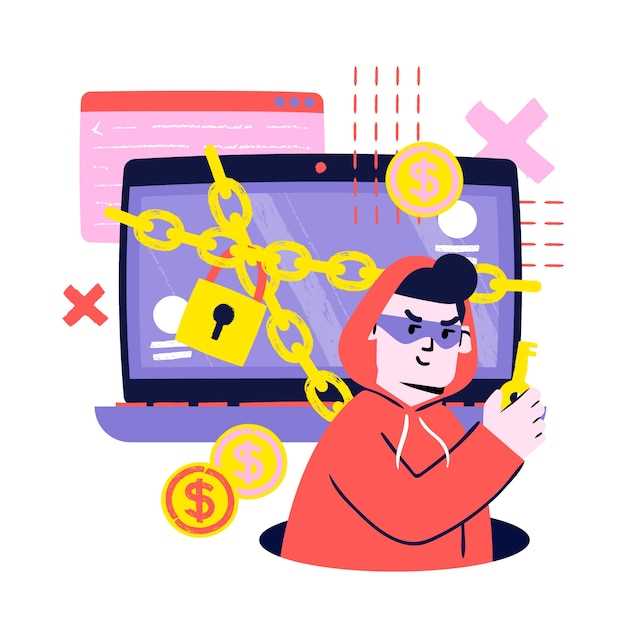
When purchasing items from private sellers, it’s essential to remain vigilant and informed to avoid falling victim to fraud. The allure of buying second-hand products at lower prices can often lead buyers to overlook crucial safety measures. Understanding the potential risks and implementing best practices can significantly reduce your chances of encountering scams.
Private sellers may offer unique deals, but these transactions often lack the protections associated with established retailers. Scammers can easily disguise themselves as legitimate sellers, making it imperative for buyers to conduct thorough research before proceeding with any purchase. By being aware of common fraud tactics and employing strategies to verify the authenticity of listings, you can safeguard your interests and make informed buying decisions.
In this article, we will explore practical tips and strategies for identifying trustworthy private sellers and avoiding potential scams. From recognizing red flags in listings to understanding the importance of secure payment methods, you’ll gain valuable insights that will empower you to navigate the online marketplace with confidence.
Researching the Seller’s Reputation before Finalizing a Purchase

Before completing a transaction with a private seller, it is essential to conduct thorough research on their reputation. This step is crucial in avoiding potential fraud and ensuring a safe purchasing experience. Start by searching for the seller’s name or username on various online platforms, including social media and review websites. Pay attention to the feedback and ratings provided by previous buyers. Positive reviews can indicate a trustworthy seller, whereas negative comments should raise red flags.
Another effective method is to check if the seller is part of any reputable online communities or forums related to the item you intend to buy. Sellers who actively participate in these communities and have a good standing often signal reliability and transparency. Additionally, consider asking the seller for references or previous transaction examples, which can offer further insight into their business practices.
Utilize specialized websites that track scams and fraudulent activities. These platforms often compile information on known fraudulent sellers, allowing you to verify whether the individual you are dealing with has a history of questionable behavior. Look for any reports or alerts concerning the seller’s previous actions, as this can be an important indicator of their trustworthiness.
Lastly, trust your instincts. If something feels off about the seller’s communication, pricing, or overall approach, do not hesitate to walk away from the deal. Taking the time to explore a seller’s reputation can save you from potential scams and costly mistakes.
Identifying Red Flags in Product Listings and Communications
When purchasing items from private sellers, it is crucial to be vigilant and recognize potential warning signs in product listings and communications. These red flags can help you avoid scams and ensure a safer buying experience.
1. Unusually Low Prices: If a product’s price seems too good to be true, it often is. Private sellers offering items at significantly lower prices than market value may be attempting to attract buyers with false promises. Always research the average price for similar products to identify unrealistic deals.
2. Lack of Detailed Description: A legitimate private seller should provide a clear and comprehensive description of the product. Listings that are vague, lacking details about the condition, or missing essential information can be suspicious. Look for specifics like brand, model, and any wear and tear on the item.
3. Limited or No Photos: High-quality images play a vital role in assessing the item before purchasing. If the listing contains few or blurry photos, or if the images look generic or stolen from other sources, it raises an alarm. Always ask for additional pictures if needed.
4. Urgency and Pressure Tactics: Scammers often create a sense of urgency to push buyers into making quick decisions. Be cautious if a private seller insists that you need to act fast or offers a limited-time deal. Take your time to evaluate the offer carefully.
5. Poor Communication: Pay attention to how the seller communicates. If responses are vague, filled with grammatical errors, or overly generic, this may indicate a lack of legitimacy. A trustworthy seller typically maintains clear and professional communication throughout the process.
6. Request for Unconventional Payment Methods: Be wary of sellers who ask for payment through non-traditional methods, such as wire transfers, cryptocurrency, or gift cards. Reliable private sellers will usually prefer secure and traceable payment methods like PayPal or cash on delivery.
7. Reluctance to Provide Personal Information: While some privacy is understandable, legitimate sellers should be willing to share basic information, such as their location or contact details. If a seller is evasive or refuses to provide this information, it might indicate a scam.
Identifying these red flags can significantly reduce the risk of falling victim to scams. Always trust your instincts and do thorough research before completing any transaction with a private seller.
Creating a Secure Payment Plan to Protect Yourself

When engaging with private sellers, crafting a secure payment plan is essential in minimizing the risk of fraud. The chosen payment method can significantly impact your security. Consider the following strategies to devise a safe approach:
1. Use Trusted Payment Methods: Opt for well-known payment platforms that offer buyer protection, such as PayPal or escrow services. These platforms typically have measures in place to mitigate the risks involved in transactions with private sellers.
2. Avoid Cash Transactions: Paying in cash may seem convenient, but it leaves no paper trail and offers little recourse in case of fraud. Always seek methods that provide documentation of the transaction.
3. Establish Clear Terms: Before proceeding with any purchase, ensure that both you and the seller agree upon and document the payment terms. Specify amounts, deadlines, and any conditional arrangements that will govern the transfer of funds.
4. Escrow Services: For high-value items, consider using an escrow service. This method protects both parties by holding the funds until the item has been delivered and verified, significantly reducing the chances of fraud.
5. Split Payments: If possible, propose a payment structure that involves a small deposit upfront, followed by the balance only upon receipt of the item. This approach can help ensure the seller is invested in completing a legitimate transaction.
By implementing these strategies, you can create a secure payment plan that significantly reduces your vulnerability to fraud, ensuring a safer buying experience from private sellers.



